Native name 張大千 Known for Painting Role Artist | Name Zhang Daqian Nationality Chinese | |
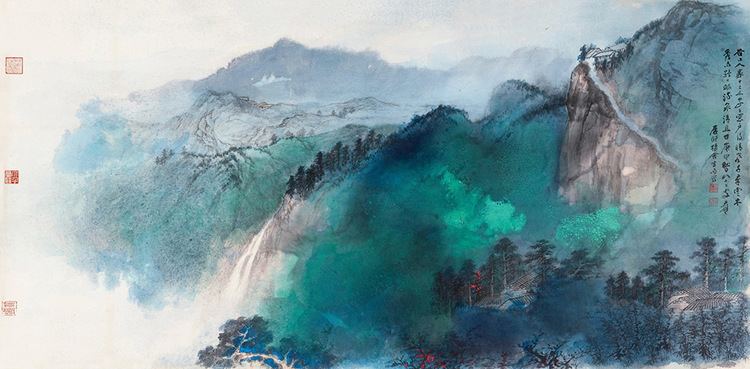 | ||
Full Name Zhang Zhengquan (張正權) Born May 10, 1899 ( 1899-05-10 ) Neijiang, Sichuan, China Movement guohua, impressionism, expressionism Died April 2, 1983, Taipei, Taiwan Artwork Snow in the Spring Mountain, Temple in the Mountains Periods Expressionism, Impressionism Similar People Qi Baishi, Xu Beihong, Puru | ||
Chinese painting court ladies by zhang daqian with free pictures download 2 2
Zhang Daqian or Chang Dai-chien (Chinese: 張大千; pinyin: Zhāng Dàqiān; 10 May 1899 – 2 April 1983) was one of the best-known and most prodigious Chinese artists of the twentieth century. Originally known as a guohua (traditionalist) painter, by the 1960s he was also renowned as a modern impressionist and expressionist painter. In addition, he is regarded as one of the most gifted master forgers of the twentieth century.
Contents
- Chinese painting court ladies by zhang daqian with free pictures download 2 2
- Zhang daqian s copies of dunhuang frescoes
- Background
- Artistic career
- Forgeries
- References
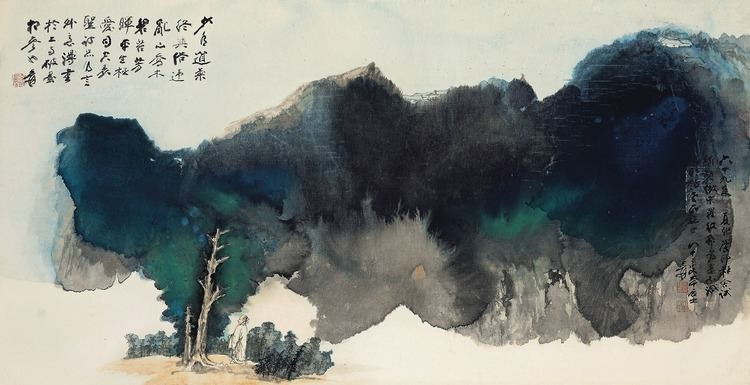
Zhang daqian s copies of dunhuang frescoes
Background
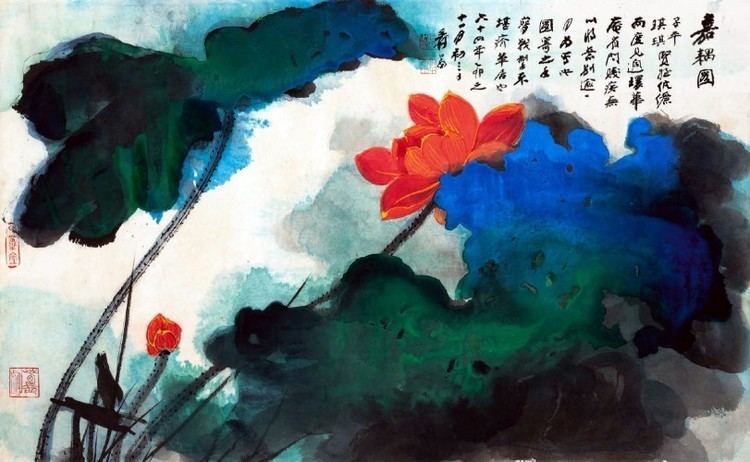
Chang was born in 1899 in Sichuan Province to a financially struggling but artistic family. His first commission came at age 12, when a traveling fortune-teller requested he paint her a new set of divining cards. At age 17 he was captured by bandits while returning home from boarding school in Chongqing. When the bandit chief ordered him to write a letter home demanding a ransom, he was so impressed by the boy's brushmanship that he made the boy his personal secretary. During the more than three months that he was held captive, he read books of poetry which the bandits had looted from raided homes.
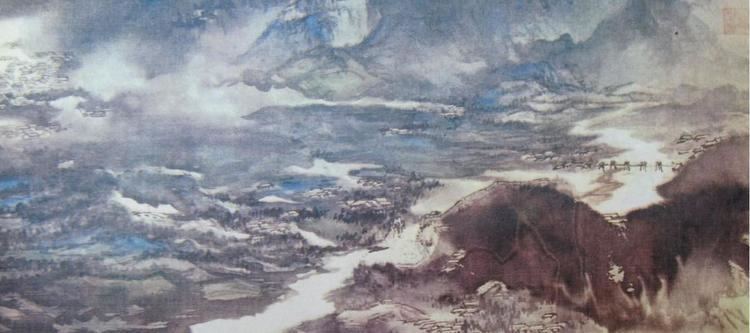
As a young adult Chang moved to Kyoto to learn textile dyeing techniques. He later returned to Shanghai and established a successful career selling his paintings.
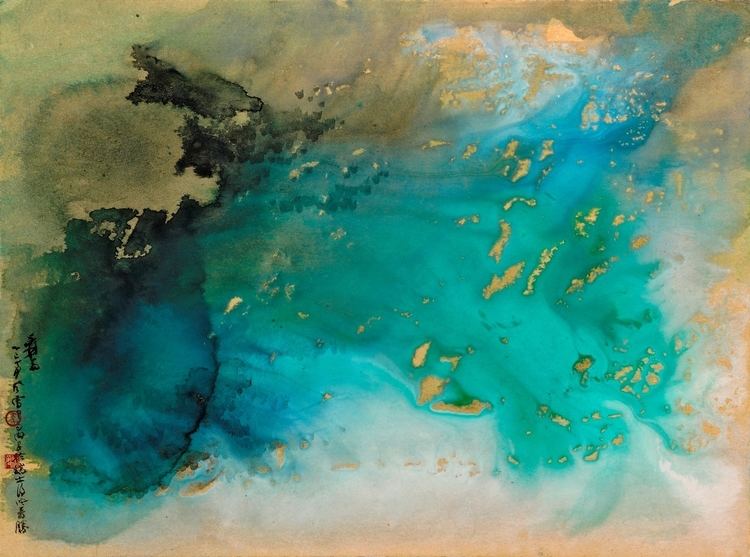
The governor of Qinghai, Ma Bufang, sent Chang to Sku'bum to seek helpers for analyzing and copying Dunhuang's Buddhist art.
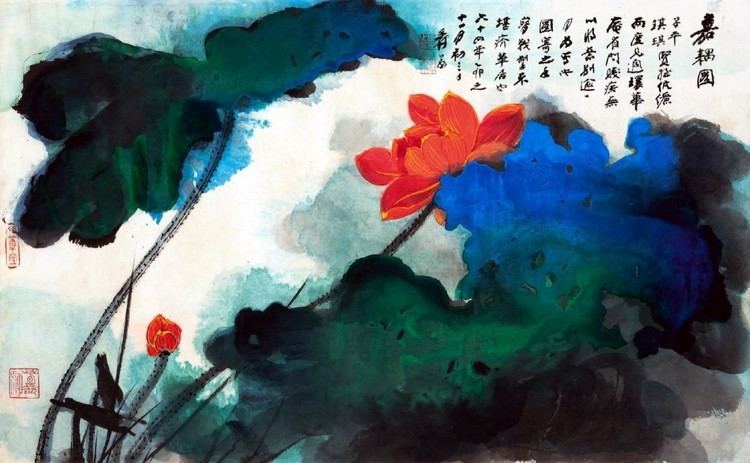
Due to the political climate of China in 1949, he left the country and resided in Mendoza, Argentina, São Paulo and Mogi das Cruzes, Brazil, and then to Carmel, California, before settling in Taipei, Taiwan in 1978. During his years of wandering he had several wives simultaneously, curried favor with influential people, and maintained a large entourage of relatives and supporters. He also kept a pet gibbon. He affected the long robe and long beard of a scholar.
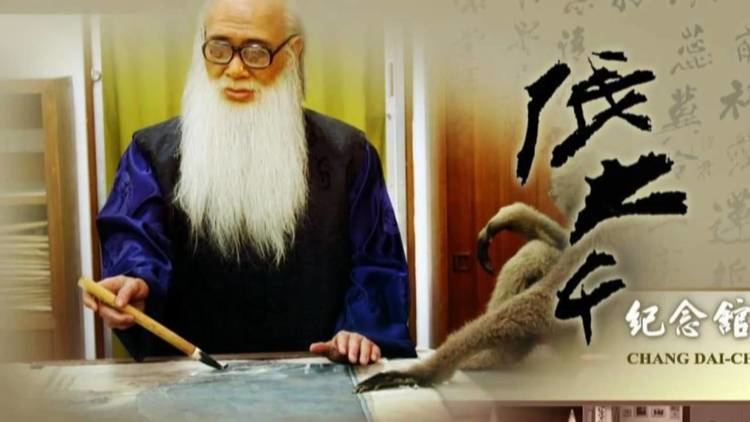
A meeting between Chang and Picasso in Nice, France in 1956 was viewed as a summit between the preeminent masters of Eastern and Western art. The two men exchanged paintings at this meeting.
Artistic career
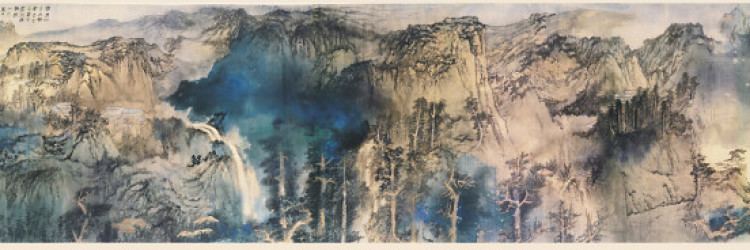
Zhang's early professional painting was primarily in Shanghai. In the late 1920s he moved to Beijing where he collaborated with Pu Xinyu. In the 1930s he worked out of a studio on the grounds of the Master of the Nets Garden in Suzhou. In 1940 he led a group of artists in copying the Buddhist wall paintings in the Mogao and Yulin caves. In the late 1950s, his deteriorating eyesight led him to develop his splashed color, or pocai, style.
Forgeries
Zhang's forgeries are difficult to detect for many reasons. First, his ability to mimic the great Chinese masters:
So prodigious was his virtuosity within the medium of Chinese ink and colour that it seemed he could paint anything. His output spanned a huge range, from archaising works based on the early masters of Chinese painting to the innovations of his late works which connect with the language of Western abstract art.
Second, he paid scrupulous attention to the materials he used. "He studied paper, ink, brushes, pigments, seals, seal paste, and scroll mountings in exacting detail. When he wrote an inscription on a painting, he sometimes included a postscript describing the type of paper, the age and the origin of the ink, or the provenance of the pigments he had used."
Third, he often forged paintings based on descriptions in catalogues of lost paintings; his forgeries came with ready-made provenance.
Zhang's forgeries have been purchased as original paintings by several major art museums in the United States, including the Museum of Fine Arts, Boston:
Of particular interest is a master forgery acquired by the Museum in 1957 as an authentic work of the tenth century. The painting, which was allegedly a landscape by the Five Dynasties period master Guan Tong, is one of Zhang’s most ambitious forgeries and serves to illustrate both his skill and his audacity.
James Cahill, Professor Emeritus of Chinese Art at the University of California, Berkeley, claimed that the painting The Riverbank, a masterpiece from the Southern Tang Dynasty, held by the New York Metropolitan Museum of Art, was likely another Zhang forgery.
Museum curators are cautioned to examine Chinese paintings of questionable origins, especially those from the bird and flower genre with the query, "Could this be by Chang Dai-chien?" Joseph Chang, Curator of Chinese Art at the Sackler Museum, suggested that many notable collections of Chinese art contained forgeries by the master painter.
